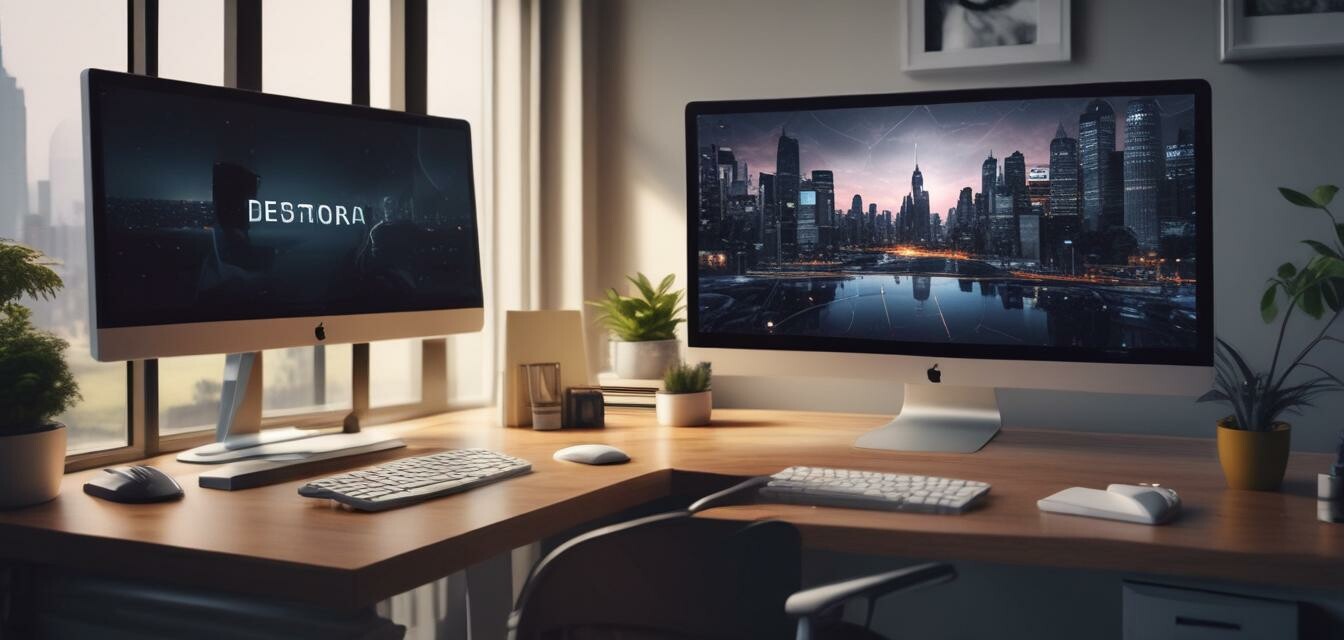
Key Features to Look for in Office Monitors
Key Takeaways
- Monitor size impacts your workspace and viewing comfort.
- Resolution determines the clarity of images and text.
- Ergonomics play a crucial role in reducing strain and improving comfort.
- Connectivity options ensure compatibility with your devices.
- Extra features like blue light filtering and refresh rates enhance usability.
Choosing the right office monitor is essential for enhancing productivity, whether you're working from home or in an office. With a multitude of options available, it can be overwhelming to select one that meets your needs. This buying guide will delve into the vital features you should consider when picking the best office monitors.
1. Monitor Size
The size of your monitor significantly influences your workspace efficiency. Larger screens provide more screen real estate, which can be beneficial for multitasking. Here’s a quick look at different monitor sizes:
| Monitor Size (inches) | Best Use Case |
|---|---|
| 21-24 | Basic office tasks, single applications |
| 24-32 | Multitasking, graphics work |
| 32+ | Extensive multitasking, gaming, professional design |
2. Display Resolution
Higher resolution monitors provide sharper images and clearer text, which reduces eye strain during long work hours. Here are the common display resolutions:
| Resolution | Best For |
|---|---|
| 1920 x 1080 (Full HD) | Standard office work, web browsing |
| 2560 x 1440 (QHD) | Multitasking, design work, gaming |
| 3840 x 2160 (4K) | Professional video editing, graphic-intensive work |
3. Ergonomics
Monitors with ergonomic designs can help maintain good posture and reduce physical strain. Look for these key ergonomic features:
- Adjustable Height: Allows you to align the top of the screen with your eyes.
- Swivel and Tilt Functions: Helps in adjusting the angle for optimal viewing.
- VESA Compatibility: Enables you to mount the monitor on an arm or wall for better flexibility.
4. Connectivity Options
Selecting a monitor with the right connectivity is crucial for seamless integration with your devices. Consider the following ports:
- HDMI: Ideal for connecting to laptops and desktops.
- DisplayPort: Offers advanced features for higher refresh rates.
- USB-C: Convenient for modern laptops and power delivery.
For more information on connectivity solutions, explore our guide on Wireless Networking Solutions!
5. Additional Features
Some monitors come with additional features that can enhance your user experience:
- Blue Light Filtering: Reduces eye strain by minimizing blue light exposure.
- High Refresh Rates: Beneficial for smoother movement, especially in video editing and gaming.
- Built-in Speakers: Convenient for quick audio without needing external speakers.
Pros of a Good Office Monitor
- Increased productivity thanks to larger displays.
- Better image clarity with higher resolutions.
- Comfortable viewing angles with ergonomic designs.
- Versatile connection options for various devices.
- Enhanced comfort and reduced eye strain with additional features.
Cons of a Good Office Monitor
- Higher upfront cost for premium features.
- Larger monitors may require more desk space.
- Some features may not be necessary for basic tasks.
Conclusion
Investing in the right office monitor can drastically improve your working experience by providing comfort and enhancing productivity. Keep in mind the size, resolution, ergonomics, connectivity options, and additional features while making your purchase. Want to see more? Check out our Buying Guides for a deeper dive into office gear!